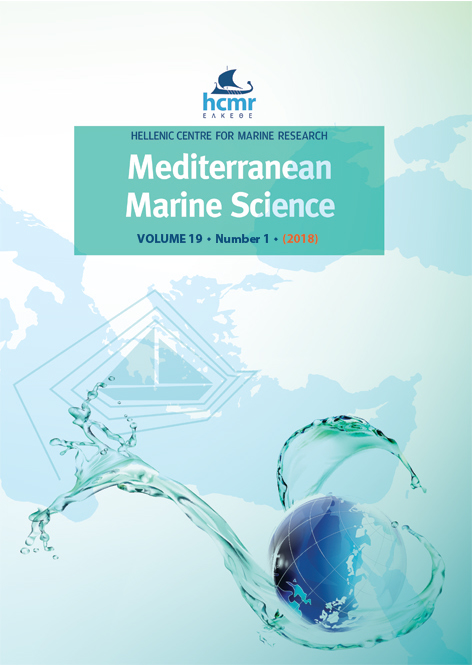Spatial distribution of suspended solids during short-term high river discharge in the Bay of Koper, northern Adriatic Sea
Abstract
The Bay of Koper (BoK) located in the Gulf of Trieste (northern Adriatic Sea) is subject to a variety of anthropogenic influences; pollutants from inland are transported to the sea by the local rivers. The impact of high river discharge on suspended solids distribution was assessed by analysing results of an extensive measurement campaign conducted during two episodes of river flooding. The spatial analysis demonstrated the area influenced by fresh water and the distribution of inorganic suspended solids (ISS). The results were then used to calibrate the PCFLOW3D model and to simulate two episodes. A correlation was identified between the measurements and short-term simulations found in the central part of the bay. The results confirm the methods and the model used in this study to be appropriate for studying complex suspended solids processes in coastal areas.
Article Details
- Zitationsvorschlag
-
SOCZKA MANDAC, R., & ŽAGAR, D. (2018). Spatial distribution of suspended solids during short-term high river discharge in the Bay of Koper, northern Adriatic Sea. Mediterranean Marine Science, 19(1), 36–47. https://doi.org/10.12681/mms.2141
- Ausgabe
- Bd. 19 Nr. 1 (2018)
- Rubrik
- Research Article
Authors who publish with this journal agree to the following terms:
- Authors retain copyright and grant the journal right of first publication with the work simultaneously licensed under a Creative Commons Attribution Non-Commercial License that allows others to share the work with an acknowledgement of the work's authorship and initial publication in this journal.
- Authors are able to enter into separate, additional contractual arrangements for the non-exclusive distribution of the journal's published version of the work (e.g. post it to an institutional repository or publish it in a book), with an acknowledgement of its initial publication in this journal.
- Authors are permitted and encouraged to post their work online (preferably in institutional repositories or on their website) prior to and during the submission process, as it can lead to productive exchanges, as well as earlier and greater citation of published work (See The Effect of Open Access).





